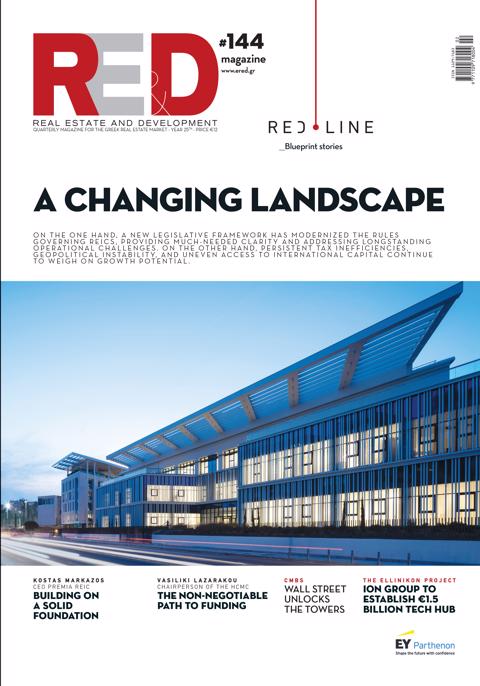According to EPRA's recently unveiled report, the cost of addressing this challenge across seven European markets is estimated at EUR 12 trillion. This puts the solution beyond the scope of most parliamentary cycles and the financial capacity of public authorities alone.
While public investment is essential, private capital is crucial to scaling delivery at the speed and volume required. There is no one-size-fits-all solution; Europe’s housing crisis is of pandemic proportions, and this emergency calls for a multi-stakeholder response to develop practical and lasting solutions. In Germany alone, 2.6 million homes are needed by 2030, while only 200,000 are being built each year. The public sector, alongside other long-term stakeholders, must align their objectives and jointly formulate a policy roadmap that can be delivered over the next decade and beyond.
The European LRE
Listed property companies unlock access to global capital, expertise, and a proven track record needed to help scale affordable, energy-efficient housing across Europe. However, unlocking their full potential requires a supportive regulatory framework, one that reduces red tape, enables faster access to capital, and removes remaining barriers to cross-border investment. We present targeted industry solutions in this call for evidence to help fuel the EU’s housing response.
They are also playing a tangible and growing role in addressing Europe’s housing shortage and affordability crisis. With access to deep pools of institutional capital, long-term investment horizons, and strong ESG commitments, listed property companies are already delivering social value across several dimensions of the housing ecosystem. Their approach is grounded in sustained community development and neighbourhood-building. Their strategies prioritise stability, durability, and social impact over short-term returns, aligning more closely with public policy objectives around housing quality, infrastructure, and urban resilience.
Engaging in public-private partnerships (PPPs)
Listed property companies increasingly operate within or alongside PPP frameworks, working with municipalities, universities, and social housing agencies. These models enable scale without compromising social impact. Long-term agreements with public bodies help bridge the gap between institutional investment and public housing goals, while also easing pressure on public budgets through private co-financing and risk-sharing.
Effective partnerships between REITs and public actors—such as municipalities, universities, and social housing providers—already exist in some Member States. These long-term lease models have demonstrated the potential to balance long-term affordability with financial viability. However, the adoption of such frameworks remains uneven. Standardising PPP models across EU REIT regimes would help scale their impact and provide cities with the investment capacity they urgently need.
Ensure regulatory balance and predictability
Inconsistent and unpredictable regulatory environments are a major barrier to housing investment. In countries like Spain, Belgium, or Ireland, planning approvals—urban and non-urban—can face judicial reviews that may overturn decisions even decades later. This legal fragility fuels uncertainty and discourages long-term investment. A constructive step forward would be to follow France’s example, where ongoing discussions around new legislation aim to streamline legal timelines and reduce delays in housing development. Furthermore, in countries like Ireland and Germany, the excessive nature and aggravation of rental regulations have driven institutional investors out of the residential sector.
Ensuring regulatory balance and predictability is also essential to enable the energyefficient renovation of the EU’s building stock and to deliver socially and environmentally impactful projects. To unlock large-scale housing delivery aligned with the climate reality of the 21st century, the EU and its Member States must provide both legal certainty and regulatory stability to attract long-term capital.















